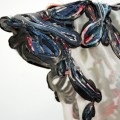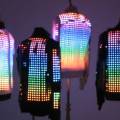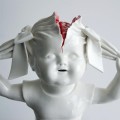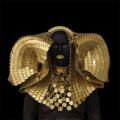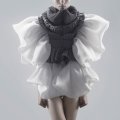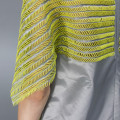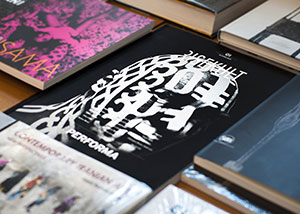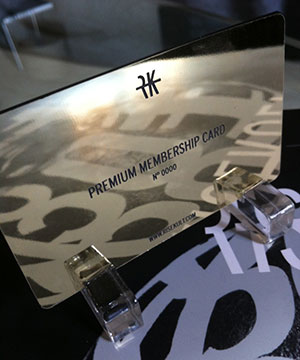Anyone but the most dedicated follower of fashion would perhaps require a bit of persuasion to step out in one of Li Xiaofeng’s wearable porcelain pieces, which are being exhibited in Beijing until the end of the year. But regardless of whether you could hack it in the ceramic jacket, few will fail to be impressed by Li’s detailed study in blank and motif-laden porcelain, which goes beyond cut and cloth to offer a new perspective of Chinese ceramics. The Opposite House (Sanlitun Village, Building 1, No. 11 Sanlitun Road, Chaoyang, Beijing; theoppositehouse.com) is showing Li’s latest exhibition, Memory, a six-piece installation of the artist’s delicately crafted couture.
“The shards contain the history and culture of China. Through grinding, polishing, and sewing them together, it narrates the country’s past, present, and future to its audiences,” Li says. “It also indicates the rebirth of the new civilization in the eastern hemisphere.”
Born in Hubei, Li has exhibited in London, Paris, and New York, as well as throughout his native China. He has refined his method over a decade, emphasizing the role of porcelain in Chinese heritage by salvaging shards from the wayside of the country’s trading routes and from the imperial kilns of Jingdezhen, which has been producing porcelain for almost two millennia.
One of the most recent partnerships is Li Xiaofeng and Lacoste. Li Xiaofeng is a relatively new artist on the scene but his porcelain dresses are immaculate. He was not only commissioned to make porcelain shirts for Lacoste, he also designed a limited edition Polo Shirt. Recently a remarcable collaboration with the designer Alexander Mc Queen for the women’s collection F/W2011-12.






















